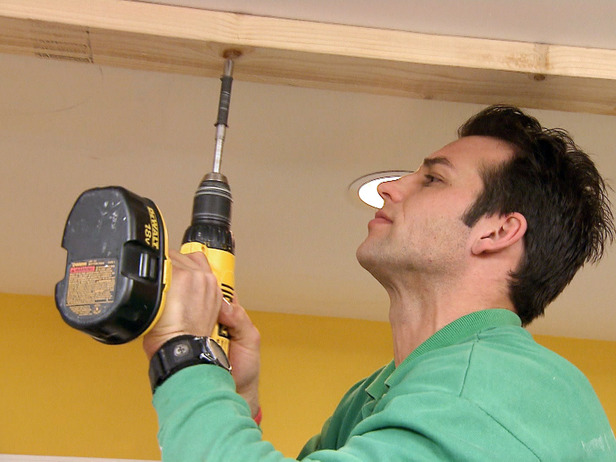
Cedar is among the most popular wood used for home construction or improvement projects. However, there are actually more than one types of cear that we can use. In general, cedars are softwood. They produce pleasant fragrance and are relatively durability. However, this where all the similarity ends. Each variety cedar has different property in grade, strength, weight, density, hardness and color. Cedar offers natural resistance to insects and decay, so it is useful for outdoor applications. As an example, native Americans have been using cedar to create their totems. Western Red Cedar could literally last for a thousand of years when treated properly.
When choosing the type of cedar we want to use, we should know that it’s also graded for appearance. Because cedar isn’t a hardwood, we should avoid using it for beams, joists, rafters and other structural components. However, cedar could still work well when used for siding. We could also use cedar for fence, outdoor furniture, railings, decks and others. There are different species of cedar and some of them could grow large enough to be used for usable lumber. The Southern Red Cedar and Eastern Red Cedar are actually junipers, so they are not included in this article:
- Western Red Cedar is probably the most common type. It is valued for its dimensional stability, decay resistance and durability. However, because this species has porous cell structure, it is relatively light. Western Red Cedar is also a good insulator, which helps to retain heat in a house. Due to its large volume, it is the most likely species of cedar that we can find in our local lumber yard.
- Incense cedar: Incense cedar is typically found in Nothern California and Western Oregon. It isn’t as big as the Western Red Cedar, but incense cedar yields longer lumber with higher grade and quality. It is less porous and slightly heavier than WRC, which also means a reduced heat insulation value. Incense cedar is desired due to its light pine color.
- Port Orford Cedar: The processed wood of this species is known for its light cream color. It is considered as the strongest of all cedars. It is so strong that PO cedar can be used for certain structural goals. The wood has short blocks and it’s exceptionally straight-grained. PO cedar is appropriate for planking in our house. However, PO cedar is relatively rare due to the smaller growing areas.
Northern White Cedar: Like any cedar, it is also decay resistant and stable. When choosing this type of cedar, we should look for hollow, crook and knot, which are more frequent in this species.














